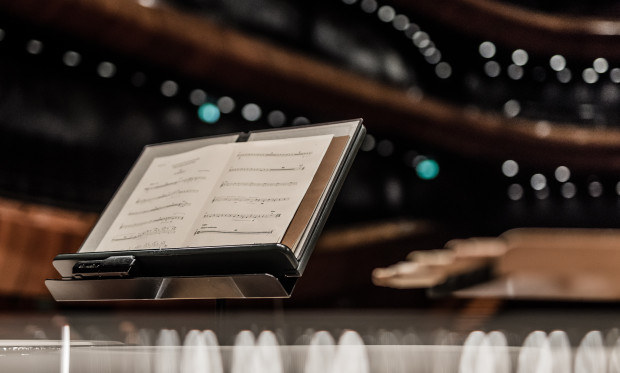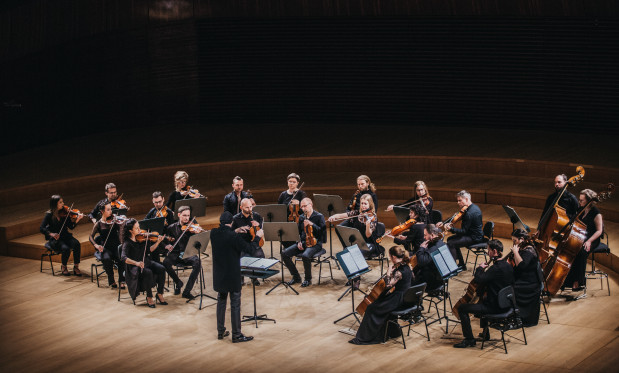Silesian String Quartet and Its Guests / First concert from the cycle: The Strange and the Curious - NOSPR
Silesian String Quartet and Its Guests / First concert from the cycle: The Strange and the Curious
This is the 12th seasons when the Silesian String Quartet is curating its original concert cycle at the NOSPR. The current edition, entitled The Strange and the Curious, will take us on a diverse and surprising musical journey. It is devoted to works that are rarely performed, strikingly unconventional, and distinctive in character. Each of them opens a new chapter, often turbulent in its history and always unusual in form and timbre. Over the course of five concerts, the audience are invited to discover fresh perspectives on the string quartet, including settings that extend the ensemble with additional instruments.
Joseph Haydn wrote string quartets throughout his entire life. He is often considered the father of this genre, as it was in his work that the classical form of the genre, based on a four-part cycle, took shape. These exemplary models inspired Mozart, Beethoven, and many later composers. It is no coincidence, therefore, that the first concert in the cycle by the Silesian String Quartet opens with a work by Haydn. Paradoxically, however, the musicians have chosen his final chamber composition, a piece that eludes the very formal rules he had helped to establish. Haydn began writing the work in 1802 but, for reasons unknown, abandoned it after completing only the two central movements. The composition has thus remained unfinished, a symbol both of the decline of the classical string quartet and of Haydn’s own creative output.
The concert programme broadens further with music by composers primarily known as great symphonists of the late 19th and early 20th centuries, whose chamber music is far less frequently performed. Musicologist Wilhelm Altmann asserted that Viola Quintet in F major of 1879 alone would be enough to secure Anton Bruckner an important place in the history of music. Scored for two violins, two violas and cello, the work astonishes with its symphonic breadth and its unusual use of semitonal connections between successive sections of the movements. The programme concludes with a love story in the form of Richard Strauss’s composition of 1941: his string sextet, written as the introduction to the opera Capriccio, where it appears on stage as the work of Flamand, who seeks to declare his love for Countess Madeleine through music.
[Julia Broniowska]
Concert duration (intermission included): approximately 100 minutes
Everything you need to know before you come to the NOSPR – practical advice for those attending events
We kindly request that you familiarise yourself with the information concerning parking in the Culture Zone – important information about parking.
Upcoming events

NOSPR / Humala / New Year's Eve concert / An Oscar Night on New Year’s Eve at NOSPR
Concert Hall
Sold out
JazzKLUB / Laureates of the Jazz Juniors 2025 Competition - Symbiosis 5 / Jazz of the Future
Chamber Hall
Buy ticket











